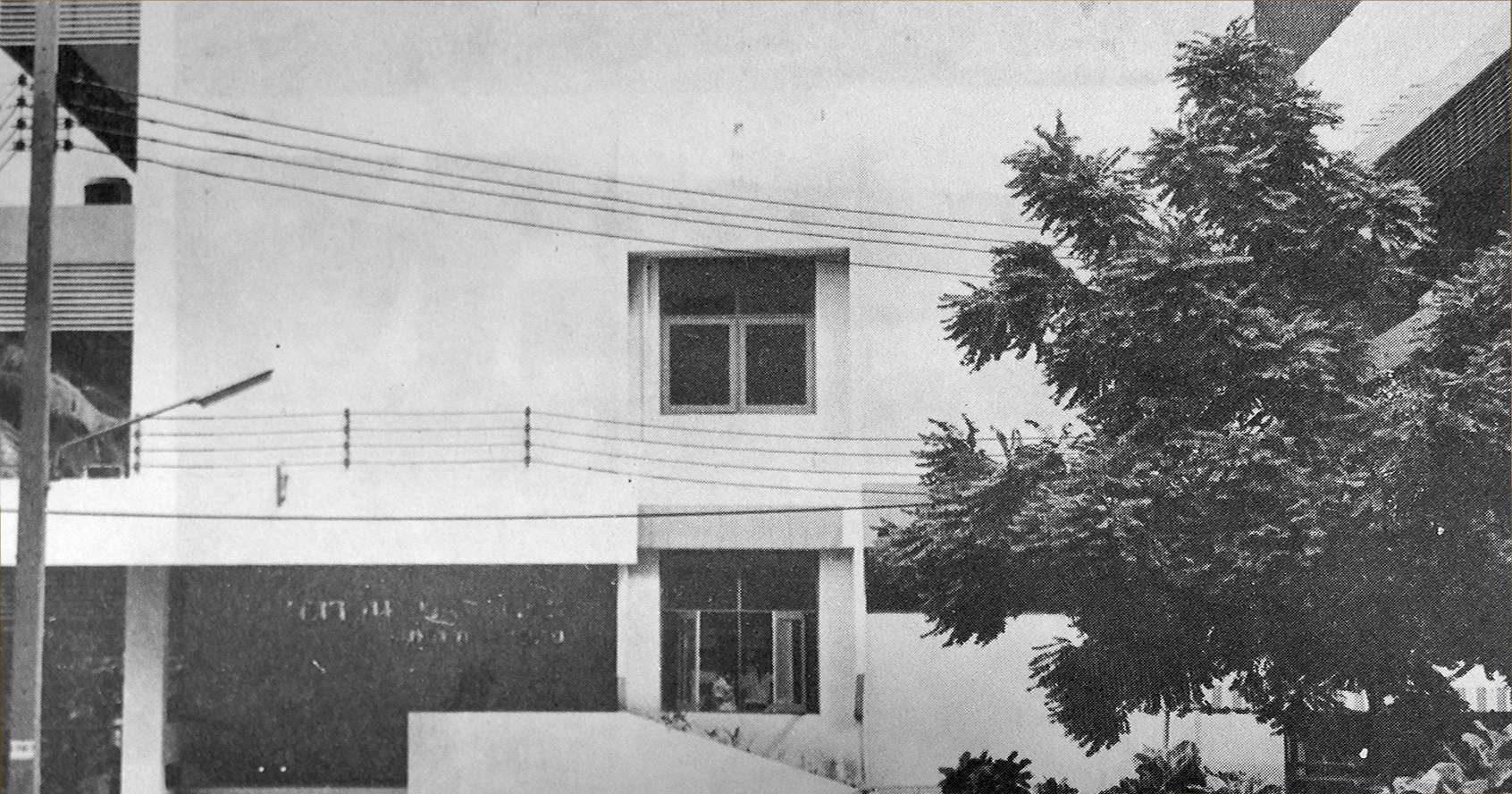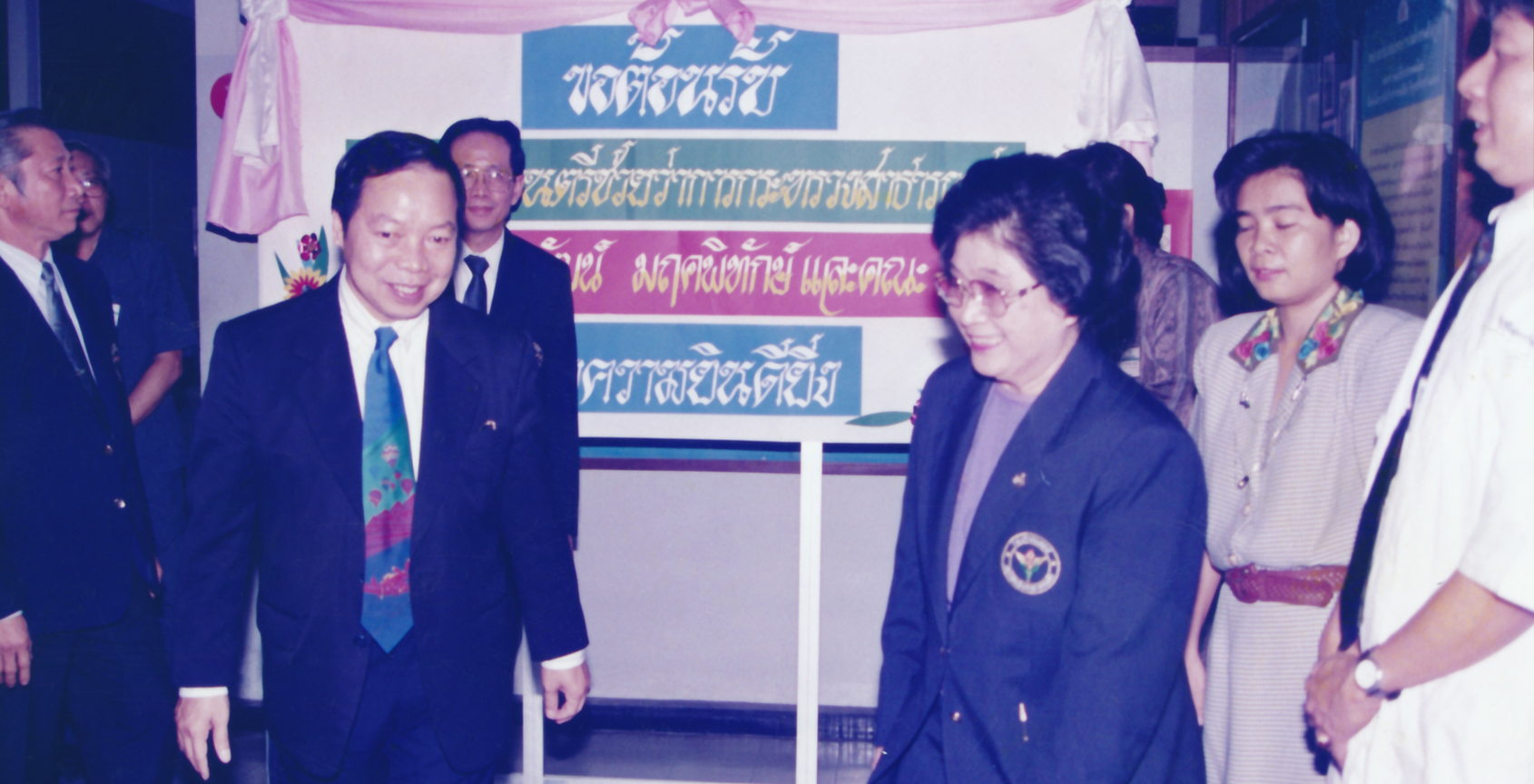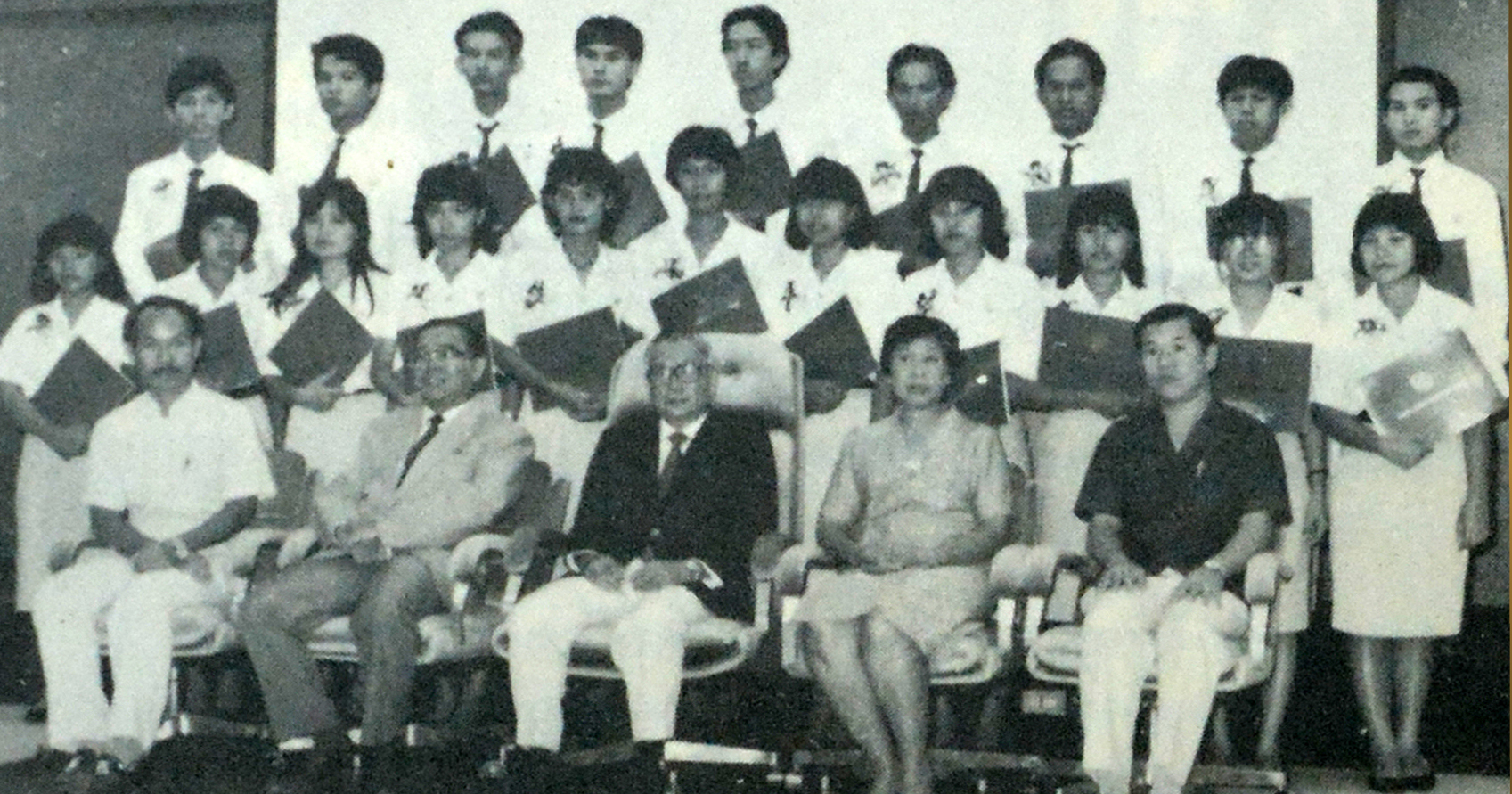About us
History of Institute of Pathology

The Institute of Pathology, Department of Medical Services, is a division under the Ministry of Public Health. It was officially established on December 10, 1974, as announced in the Royal Gazette, Volume 91, Part 210, during the tenure of Professor Dr. Udom Posakritsana as Minister of Public Health and Professor Dr. Sem Pringpuangkaeo as Deputy Minister. At that time, the ministry's executives had a long-term vision for public health and recognized the importance of pathology, particularly its crucial role in effective and beneficial disease treatment for patients.
Therefore, the Institute of Pathology was assigned key responsibilities including training physicians and healthcare personnel in pathology to address the shortage in this field, conducting research to identify causes of diseases, compiling pathology-related data, providing pathology services to public health agencies—especially in regional areas—and serving as a coordinating center for both domestic and international physicians.

Initially, the institute had only 22 staff members, including 7 pathologists and 15 support personnel, all of whom were transferred from the Pathology Department of the Women’s Hospital (currently Rajavithi Hospital). Dr. Nawarat Na Songkhla was the first director. At that time, the institute mainly provided pathology services to agencies under the Ministry of Public Health as a central service unit, with most work coming from the Women’s Hospital. The institute's budget was still part of the hospital's budget until 1976, when it received its own allocation, allowing for greater administrative flexibility. Its responsibilities expanded to include training medical residents in a 3-year pathology residency program accredited by the Medical Council of Thailand, later expanded to include anatomical and general pathology.

The institute’s original building, transferred from the Women’s Hospital, was a single 3-story building. In 1981, a budget was granted for the construction of another 3-story building at the rear, connected to the original structure, as seen today. Construction was completed in fiscal year 1982.
In fiscal year 1983, part of the institute's personnel was transferred to the pathology division of Rajavithi Hospital, creating operational difficulties. However, the institute persevered, prioritized tasks, and continued its missions successfully despite the challenges.